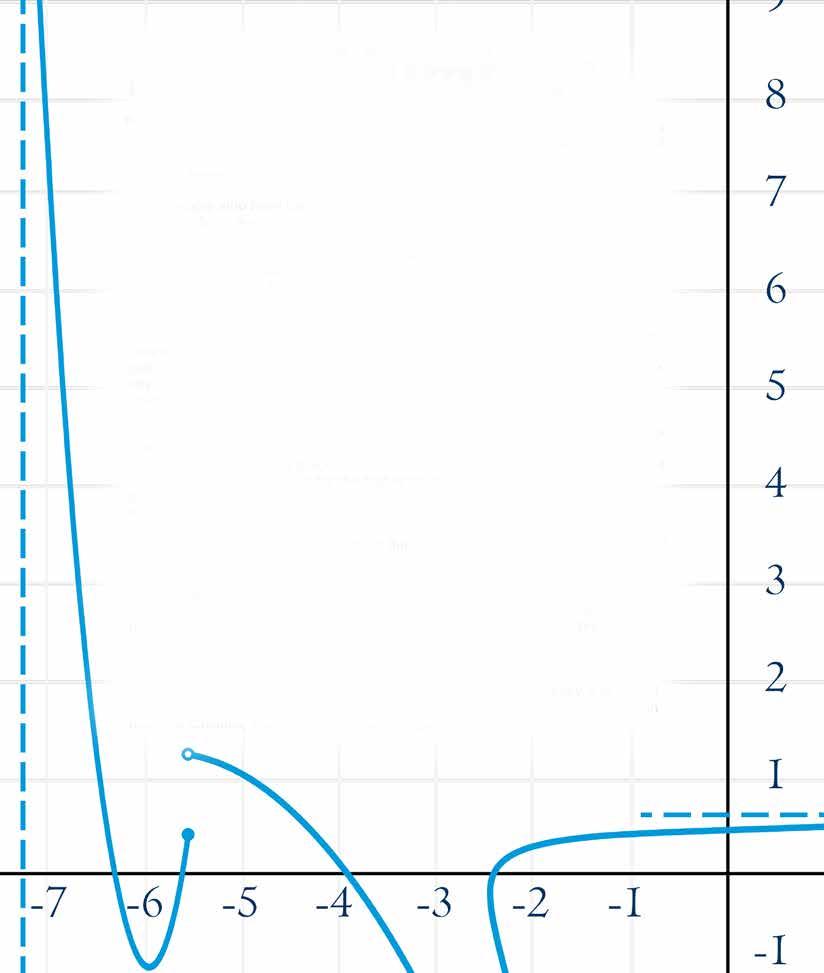
3 minute read
By the Numbers: The Mathematics Behind Business Operations
By Jakob Kotas, Ph.D., Assistant Professor of Mathematics
Many people who have taken calculus in high school may have been led to believe that the subject is—at best—applicable for solving physics problems like the trajectory of a falling ball, and—at worst—entirely abstract and dissociated from reality. However, calculus is extremely useful in understanding the business world as well! In Business Calculus, a course that has been reintroduced at Menlo, students learn about traditional calculus topics such as the limit, derivative, and integral— but seen through the lens of business applications.
As an example, one of the concepts traditionally covered in a calculus class is the notion of “continuity” of functions. A function is continuous if you can draw its graph in a single motion, without lifting your pen off the page; it doesn’t have any jumps or gaps. Some of the trickiest problems arise when the function is “piecewise,” meaning that it takes different shapes in different parts of the graph, and can be either continuous or discontinuous. In Business Calculus, students studied the federal tax brackets—a piecewise function—to dispel the commonly held idea that there is a large incentive to keep one’s income in a lower bracket. While many mistakenly believe that an increase in income will entail a sudden jump in tax rate—the behavior of a discontinuous function—students showed that the tax function is, in fact, continuous: since the tax brackets reflect marginal rates that apply only to the fraction of income earned above the threshold for the higher bracket, an individual’s overall rate of taxation actually increases incrementally in proportion to their income. This process gave us the opportunity to discuss the implications of its being continuous, and the IRS’s motivation in making it so.
I am particularly excited to be teaching Business Calculus at Menlo because one of the core applied concepts of the course, optimization, is the area of my research interests as well. Optimization uses data and mathematical modeling, along with mathematical tools like the derivative and gradient, to predict the best possible outcome: the highest profit, shortest route, most efficient packing. In my most recent research project, published in the PUMP Journal of Undergraduate Research (2022), I collaborated with two of my former students to analyze the task of assigning instructors to teach particular sections of classes in a university. We were able to use optimization techniques to determine the best possible schedule, subject to the constraints on instructors’ availability and teaching preferences. In today’s business world, defined by efficiency, it is critical for students to understand how data can be used for optimal decision-making. In Business Calculus, students learn how to do just that.







